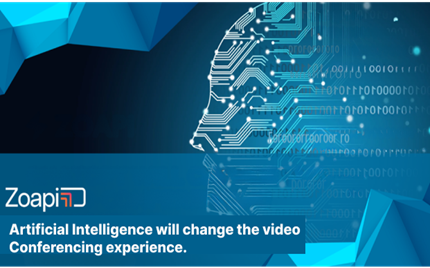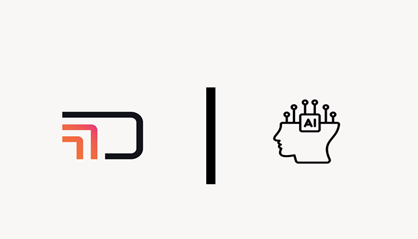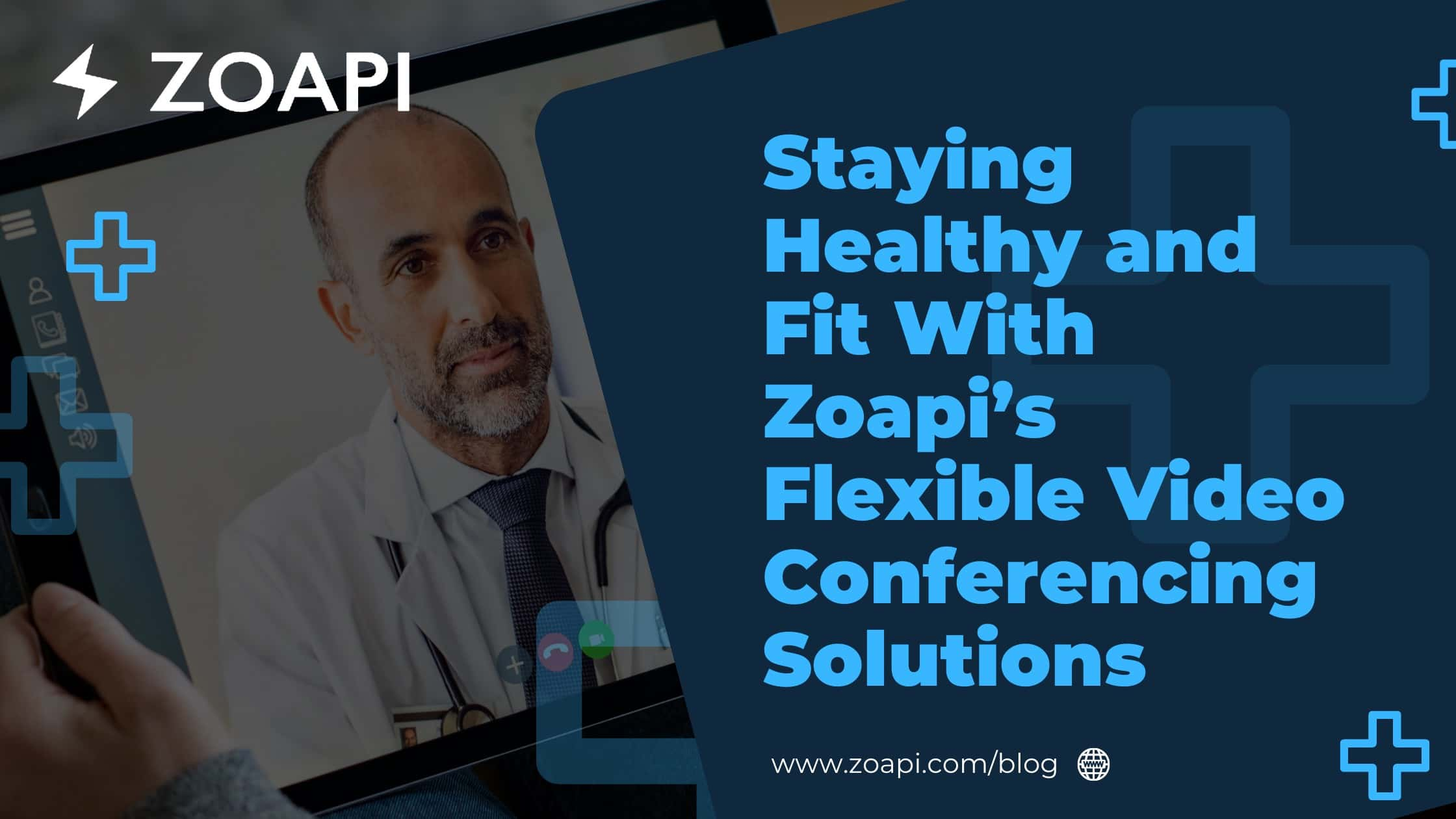
Artificial Intelligence will change the Video-Conferencing experience!
In recent years, video conferencing has become an increasingly popular means of communication, especially with the rise of remote work and social distancing. However, despite the many benefits of video conferencing, there are still some challenges that need to be addressed to make it a more seamless and engaging experience.
That’s where Artificial Intelligence comes in – as a large language model trained by OpenAI, it has the potential to revolutionize the video conferencing experience and make it more human-like and interactive.
What could be the main applications of Artificial Intelligence in Video Conferencing?

One of the main ways Artificial Intelligence can change the video conferencing experience is by improving the natural language processing capabilities of video conferencing software.
Currently, most video conferencing software relies on simple Chabot or pre- programmed responses to handle user queries and interactions. While these tools can be useful, they often lack the nuance and flexibility of human conversation.
Artificial Intelligence, on the other hand, can understand natural language and generate responses that are more contextually appropriate and engaging. This means that users will be able to have more natural and flowing conversations during video conferences, rather than feeling like they are talking to a machine.
Another way Artificial Intelligence can improve the video conferencing experience is by enabling more advanced features, such as real-time translation and transcription. Currently, video conferencing software can struggle to accurately transcribe and translate conversations, especially when dealing with multiple languages or accents. Artificial Intelligence’s advanced language processing capabilities could make it easier to accurately transcribe and translate conversation making it easier for people to communicate with one another regardless of language barriers.
In addition, Artificial Intelligence could also help to make video conferencing more accessible to people with disabilities. For example, it could be used to provide real-time closed captioning or sign language interpretation during video conferences, making it easier for people with hearing or visual impairments to participate fully in meetings or social events. This would not only be a major boon for accessibility, but it could also help to foster a more inclusive and welcoming environment for everyone.
Another potential use case for Artificial Intelligence in video conferencing is in virtual event planning and management. As more and more events move online, there is a growing need for software that can help organizers manage and facilitate these events. Artificial Intelligence could be used to create virtual assistants that can help manage the logistics of virtual events, from scheduling and registration to participant engagement and feedback. This could help to make virtual events more efficient, engaging, and enjoyable for everyone involved.
Finally, Artificial Intelligence could also be used to enhance the overall quality of video conferencing by improving video and audio processing capabilities. For example, it could be used to automatically adjust camera settings based on lighting conditions or optimize audio levels to reduce background noise. This could help to create a more professional and polished video conferencing experience, making it easier for users to focus on the content of the conversation rather than being distracted by technical issues.
In conclusion, Artificial Intelligence has the potential to greatly improve the video conferencing experience in a variety of ways. From improving natural language processing to enabling real-time translation and transcription to enhance accessibility and event management, Artificial Intelligence could help to make video conferencing more engaging, inclusive, and efficient.
What would Zoapi x Artificial Intelligence look like?

One way in which Artificial Intelligence and Zoapi can work together is by leveraging Artificial Intelligence’s language processing capabilities to enhance the collaboration features provided by Zoapi. For example, Artificial Intelligence could be used to provide real-time transcription and translation services during video conferences, making it easier for participants to communicate and collaborate regardless of language barriers. This would make Zoapi’s collaboration features more accessible and inclusive for a wider range of users.
Another way in which Artificial Intelligence and Zoapi can complement each other is by using Zoapi’s collaboration features to enhance the performance of Artificial Intelligence. For instance, Zoapi’s whiteboarding and document-sharing features could be used to make it easier for participants to share and annotate information during video conferences. This would enable more efficient and effective communication, which in turn would help Artificial Intelligence to generate more accurate and relevant responses.
Finally, the combination of Artificial Intelligence and Zoapi could be used to create virtual assistants that can manage and facilitate video conferences. These virtual assistants could be programmed to use Artificial Intelligence’s language processing capabilities to understand and respond to user requests, while also using Zoapi’s collaboration features to manage and facilitate the conference itself.
This would enable more efficient and effective communication, making it easier for participants to focus on the content of the conversation rather than being distracted by technical issues.




